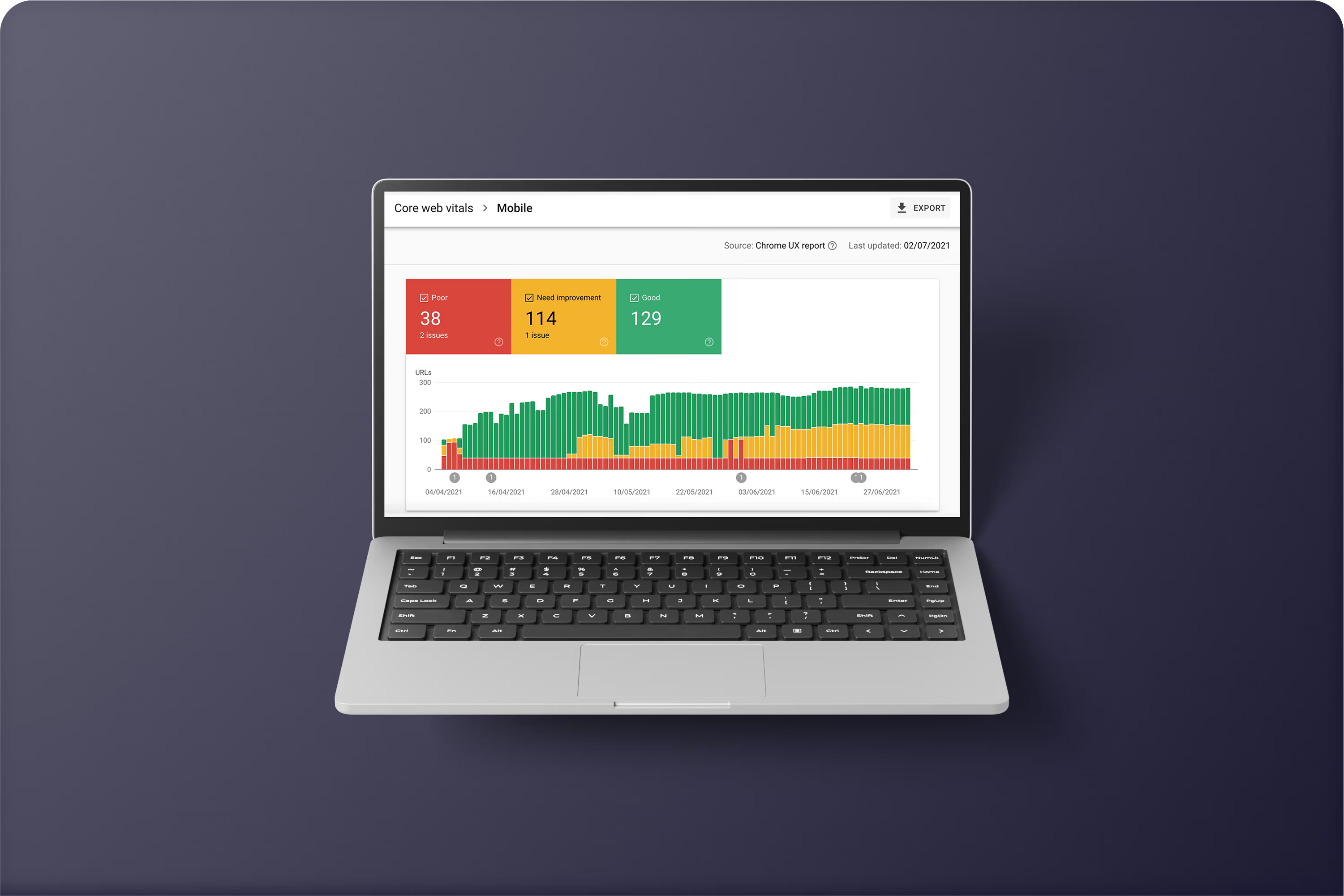How to Optimize Checkout for More Conversions

Diego Vicente Cabrera
11 Sep 2025 . 5 min read
Checkout is the make-or-break moment of eCommerce. After investing in ads, UX, and engagement, this is where customers decide: buy or abandon. Yet, most stores still lose 60–80% of carts before the purchase. Why? Because checkout is often treated as a technical task — not a business strategy.
The truth is, optimizing checkout isn’t about fancy animations or adding one more payment option. It’s about removing every point of hesitation that stands between intent and purchase. A few small changes can mean thousands in recovered sales.
The Most Common Scenarios
1. Friction and Form Overload — when simplicity wins
Every extra step, field, or click reduces completion rates. One retail client improved conversions by 22% simply by removing redundant form fields like “Company Name” and making address detection automatic. If a customer has to stop and think, you’ve already lost them.
Keep checkout short, smart, and linear: auto-fill data where possible, use one-page flows, and show progress clearly if multi-step. The goal — make it feel effortless.
2. Payment Options — when flexibility matters
Shoppers abandon carts the moment they don’t see their preferred payment method. For global or omnichannel stores, that means offering local gateways (like MercadoPago in LATAM or Klarna in Europe) and digital wallets like Apple Pay and Google Pay.
But more options aren’t always better. Too many can clutter and confuse. The key is offering the right mix based on analytics — focus on the top 3–5 that match your audience behavior.
Trust Signals — when reassurance pays off
A customer is about to share their credit card. Tiny trust cues can make or break the sale:
- Security badges (“Secured by Stripe,” “SSL Protected”)
- Customer reviews near checkout
- Return policy links and delivery estimates
One beauty brand we worked with added a “30-day easy return” note and saw a 12% lift in checkout completion. Confidence converts.
4. Speed and Mobile UX — when seconds count
Mobile checkouts often fail because of slow loading and tiny tap targets. Compress images, pre-load scripts, and ensure the entire flow is keyboard-free. Remember: 70%+ of traffic is mobile.
A slow, clunky checkout doesn’t just lose sales — it damages trust. Customers equate site performance with brand reliability.
5. Personalization and Context — when experience matters
Not all buyers are alike. Returning customers expect saved data, loyalty discounts, and one-click reorders. New visitors need clarity: costs, delivery times, payment options upfront.
Segmenting checkout experiences isn’t just a UX win — it’s a conversion multiplier.
Why This Choice Matters for Your Business
Every friction point at checkout adds cost: lost sales, frustrated users, higher acquisition spend.
But every improvement compounds — higher conversion, lower abandonment, more repeat buyers.
Think of checkout as part of your sales funnel, not just your website. The smoother it feels, the more invisible it becomes — and that’s where real conversion power lives.
Need Help?
Most brands underestimate how much money they lose daily from small checkout flaws. The good news? Fixing it doesn’t require a rebuild — just smart adjustments backed by data.
How Difvision Helps
At Difvision,we keep checkout practical and profitable:
- Audit your current checkout flow and identify friction points.
- Benchmark against industry best practices and conversion data.
- Implement UX, speed, and trust optimizations that lift performance fast.
- Integrate payment methods and analytics tailored to your markets.
From analytics to user flow to final conversion, we help you transform your checkout from a bottleneck into a growth engine — lean, fast, and built to sell.
Share this post

Diego Vicente Cabrera
CEO, Difvision
Related Posts
Accessibility: The Key to Reaching More Customers in 2025
5 Ways Odoo ERP Saves Time and Money for Retail

Ready to Build Something Great?
Let´s talk about your project and how we can help you grow.



